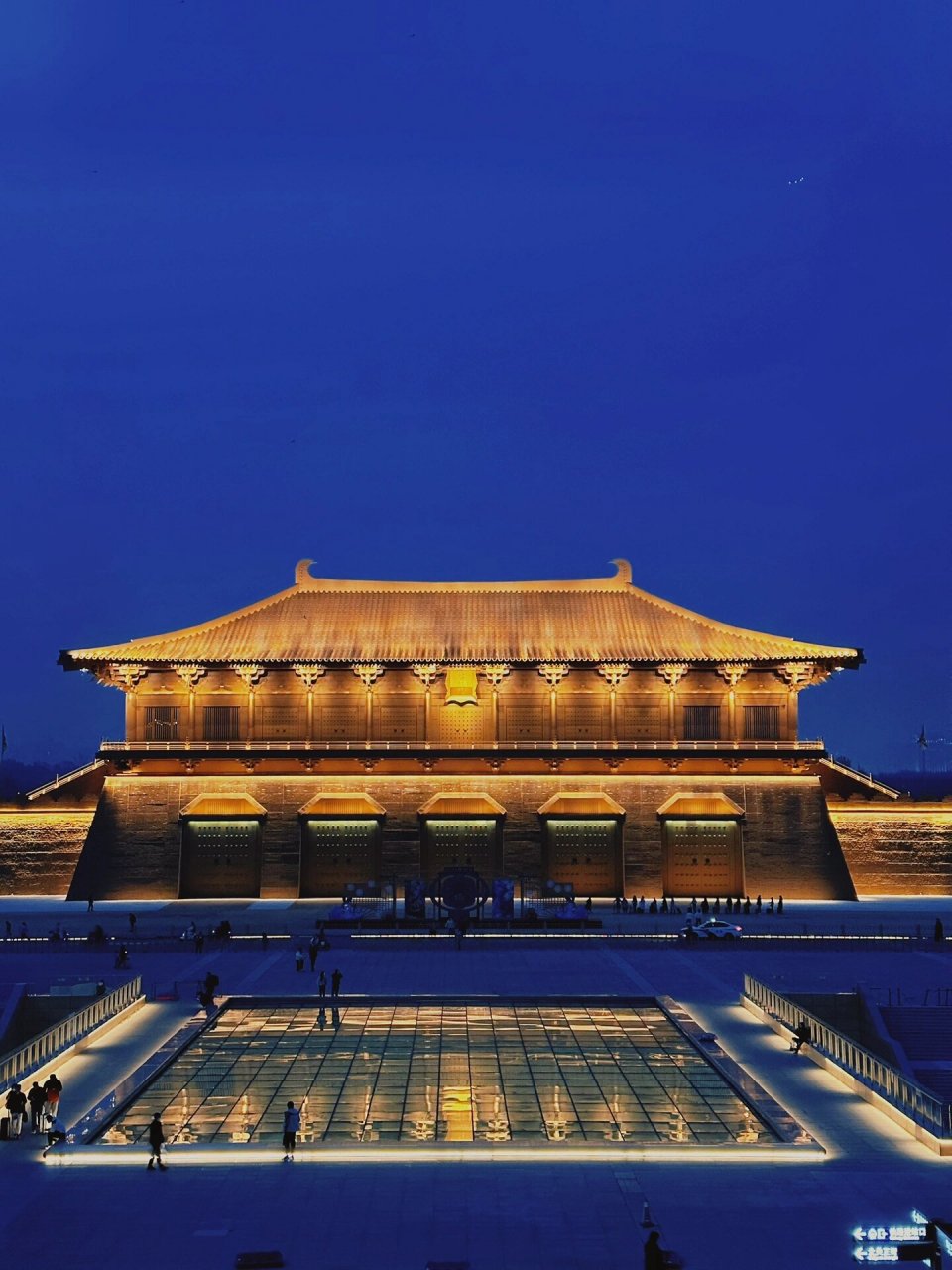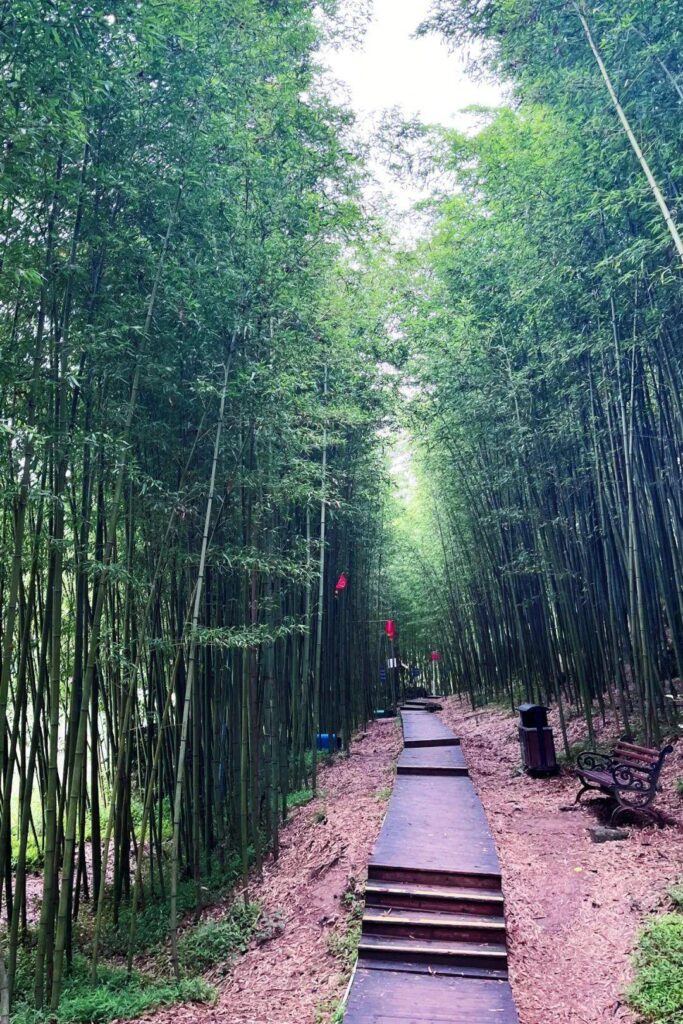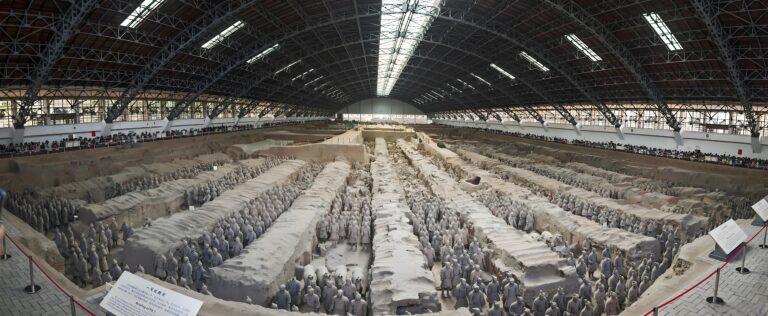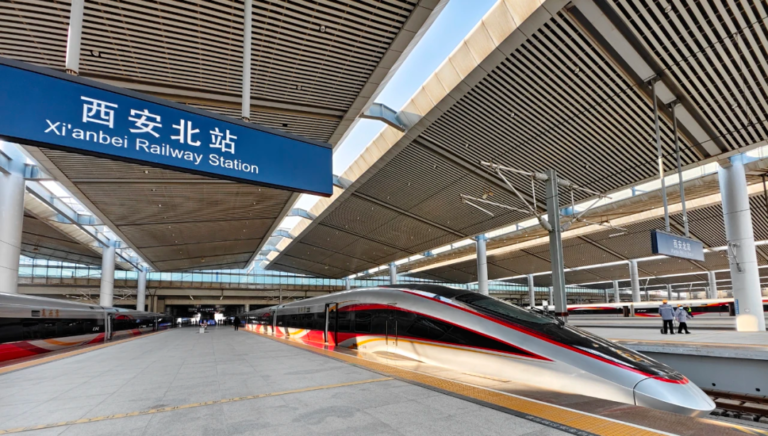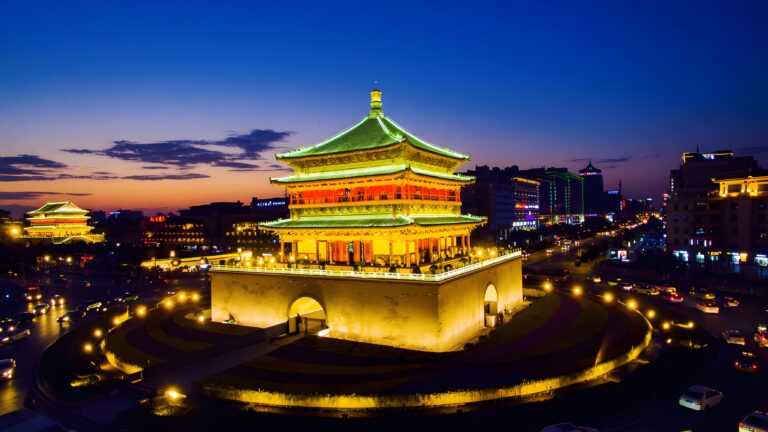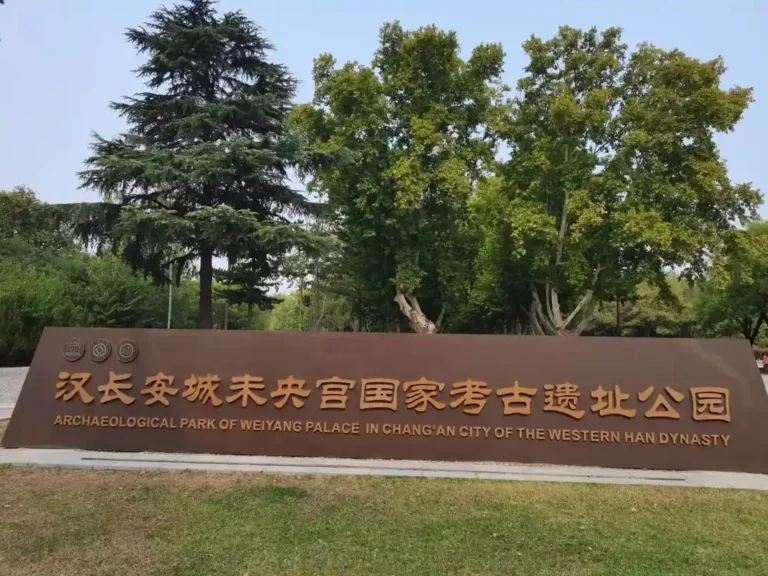Shaanxi Xi’an, formerly known as Chang’an and Haojing, is the capital city of Shaanxi Province and a national central city, located in the central part of the Guanzhong Plain in northwest China, midstream along the Yellow River basin. As one of the crucial birthplaces of Chinese civilization and the Chinese nation, Shannxi Xi’an boasts a history of over 3,100 years as a city and more than 1,100 years as a capital, having served as the seat of 13 dynasties including the Zhou, Qin, Han, and Tang, earning it the title “China’s First Ancient Capital.”

The History and Culture of Xi’an
In ancient times, Xi’an in Shaanxi Province was called Chang’an. In the second year of the Hongwu reign (1369 AD) during the Ming Dynasty, Emperor Zhu Yuanzhang renamed Chang’an to Xi’an, which means “to bring stability to the northwest region.”
Xi’an is the starting point of the ancient Silk Road and is recognized as one of the world’s four great ancient capitals, along with Athens, Cairo, and Rome.
Its history stretches back to the Western Zhou Dynasty. King Wen of Zhou and King Wu of Zhou established the settlements of Fengjing and Haojing, which laid the groundwork for the later development of Xi’an. During the Tang Dynasty, Chang’an experienced a period of unprecedented prosperity, becoming the largest city in the world at that time, with a population of approximately 1.85 million people.
Xi’an is a treasure trove of cultural heritage. It is home to six major World Heritage Sites, including the Terracotta Army of the Mausoleum of the First Qin Emperor, the Big Wild Goose Pagoda, the Small Wild Goose Pagoda, the ruins of the Weiyang Palace of Han Chang’an, the ruins of the Daming Palace of Tang Chang’an, and the Xingjiao Temple Pagoda. Because of this rich array of historical and cultural sites, Xi’an is often fondly referred to as a “museum city.”
Xi’an’s attractions
Xi’an boasts a vast number of attractions, making it difficult to provide an exact count. However, it is confirmed that there are 90 A-rated tourist sites, including 5 with the highest 5A rating, 27 at 4A, 56 at 3A, and 10 at 2A. Additionally, there are numerous unrated yet noteworthy spots. Below are some of Xi’an’s most famous attractions:
Historical Landmarks

The Museum of Emperor Qin Shihuang’s Mausoleum (Terra Cotta Warriors): known as the “eighth wonder of the world”, the terracotta warriors have different images and vivid expressions, which make people feel the historical glory of ancient dynasties.
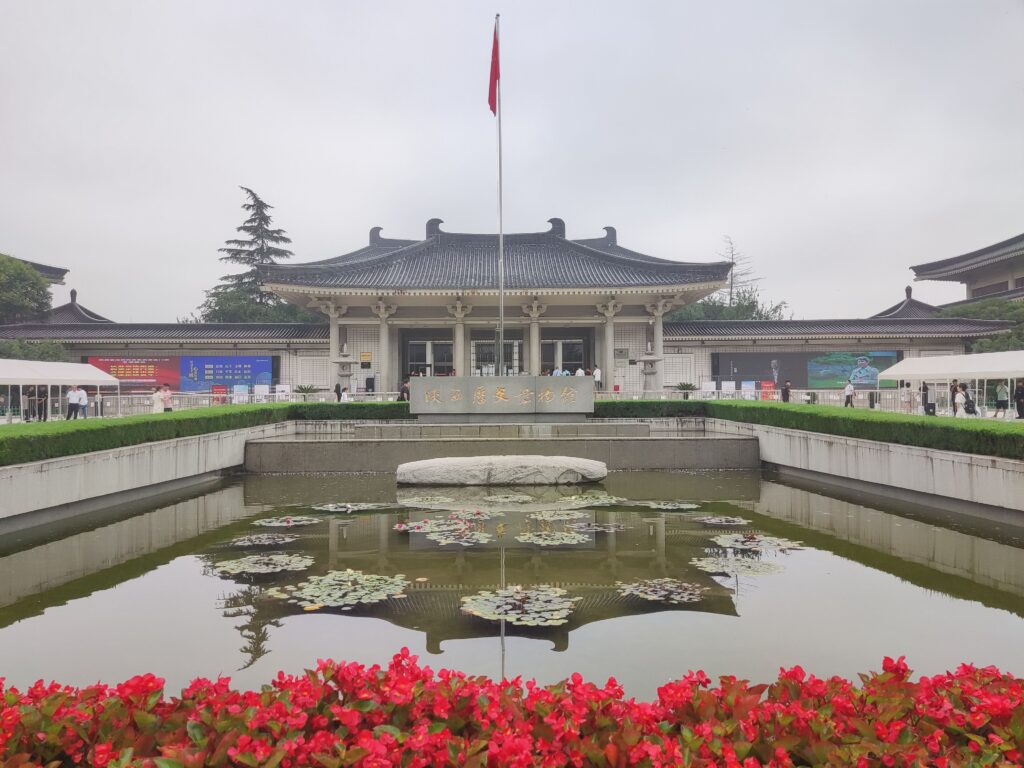
Shaanxi History Museum: known as “the treasure house of China” and “the magnificent palace of Chinese civilization”, it has concentrated the historical essence of the Chinese nation and collected more than 1.7 million pieces (sets) of collections.
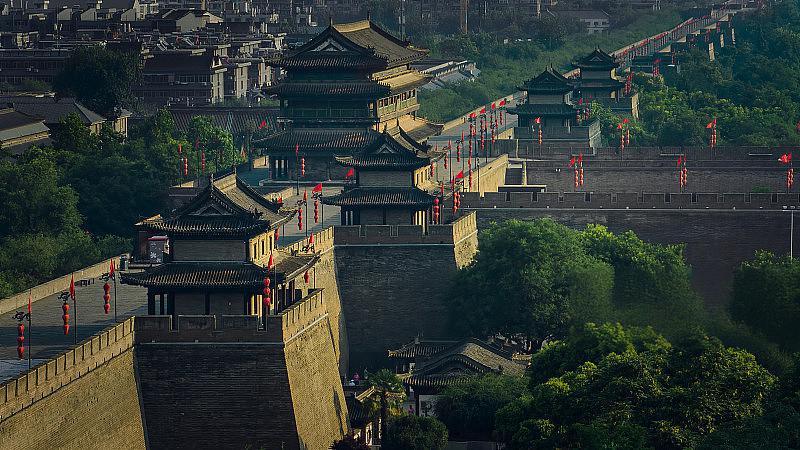
Xi’an City Wall: The most complete ancient city wall in China, with a total length of 13.7 kilometers. It is recommended to rent a bicycle to travel around, and the arrow tower at sunset has stunning light and shadow.
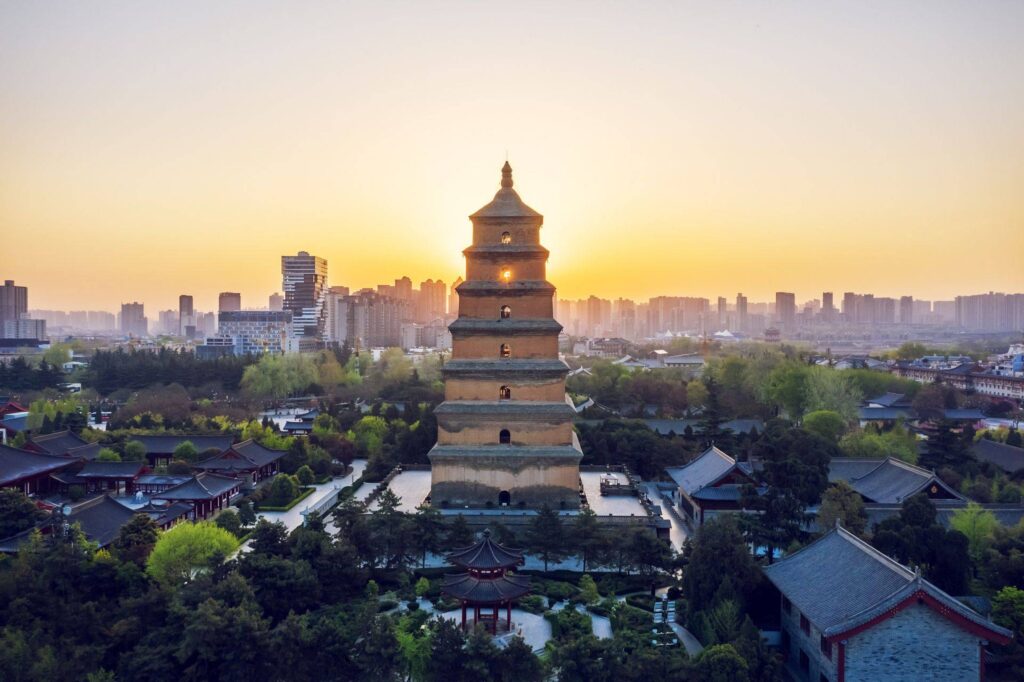
The Big Wild Goose Pagoda: the place where Master Xuanzang translated scriptures. Climbing the pagoda, one can overlook the city’s outline and the shadow of Mount Zhongnan.
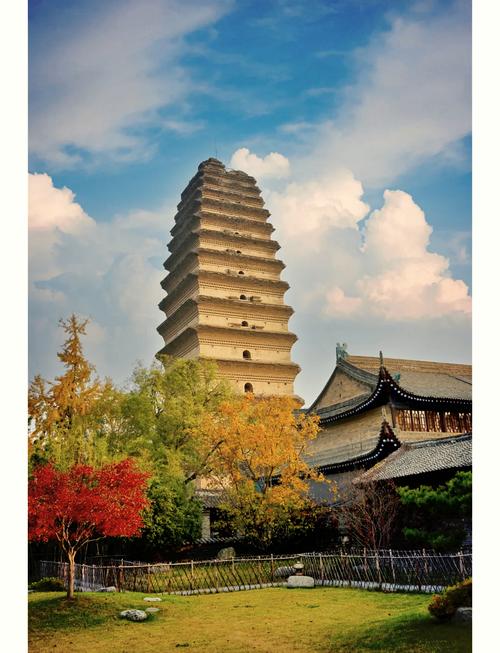
Small Wild Goose Pagoda: echoing the Great Wild Goose Pagoda from afar, it has remained intact even after earthquakes. Under the pagoda, the shadows of embroidered balls and flowers sway, and the stone carvings in the forest of steles tell the story of the vicissitudes of time.
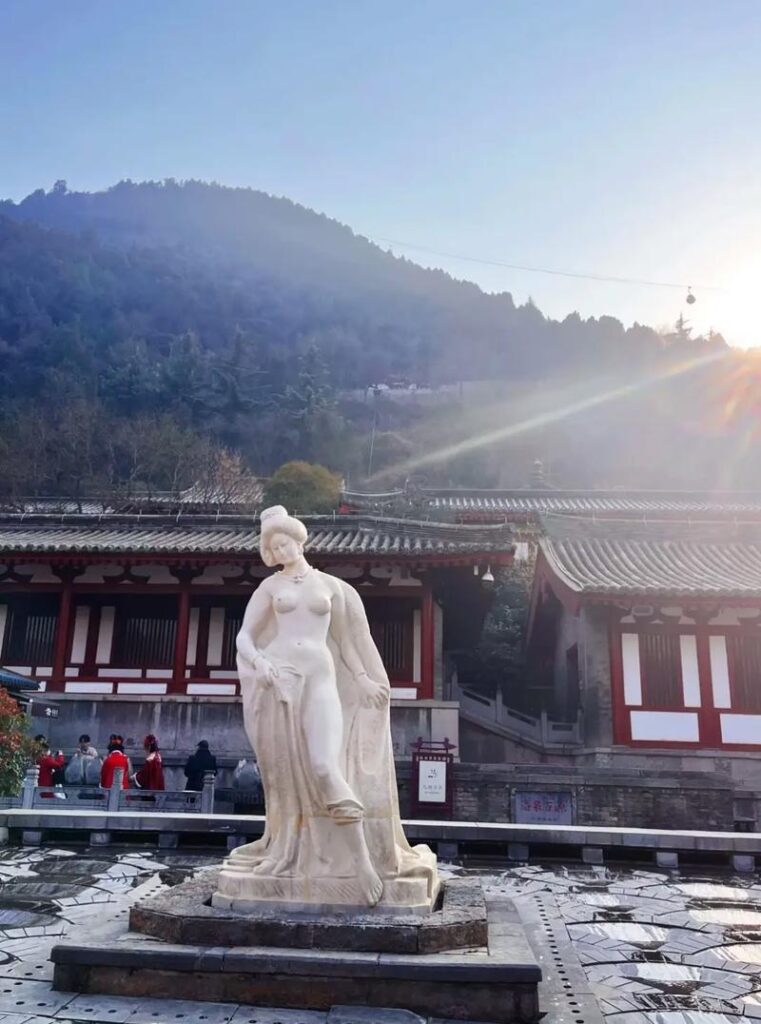
Huaqing Palace: The place where the love story between Emperor Xuanzong of Tang and Yang Guifei takes place, the hot spring pool site, and the live performance of “Song of Everlasting Sorrow” take people on a journey of thousands of years.

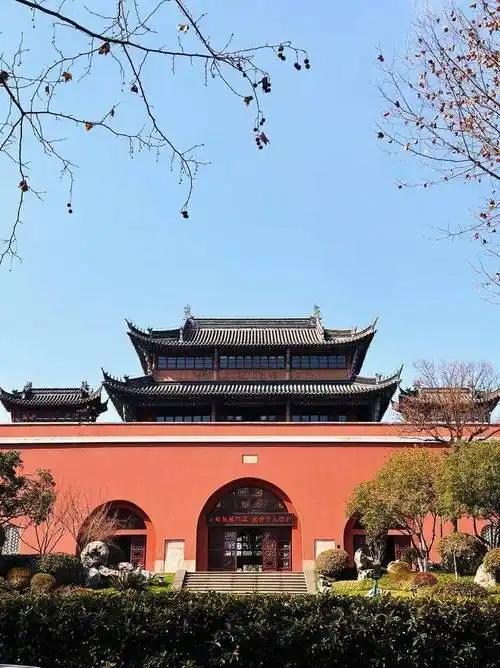
Bell Tower and Drum Tower: Iconic buildings of Xi’an, with morning bells and evening drums, witnessing the changes of the ancient city.
Prosperous Tang Culture
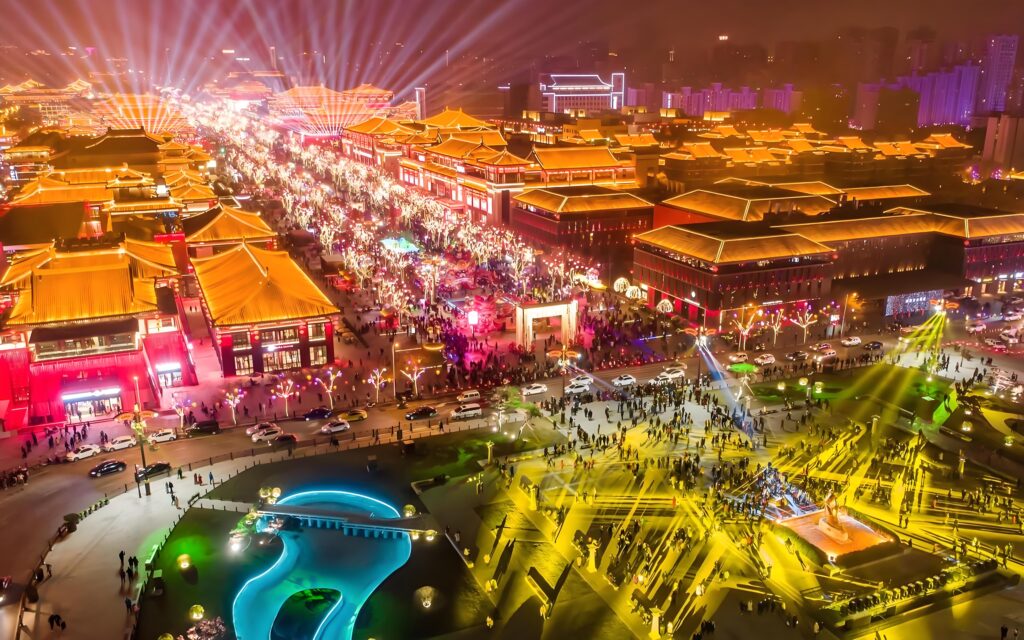
Datang Never Night City: Against the backdrop of the prosperous Tang culture, it has created a tourist destination that integrates shopping, dining, entertainment, and leisure. At night, the lights are shining brightly, as if traveling back to the prosperous era of the Tang Dynasty.
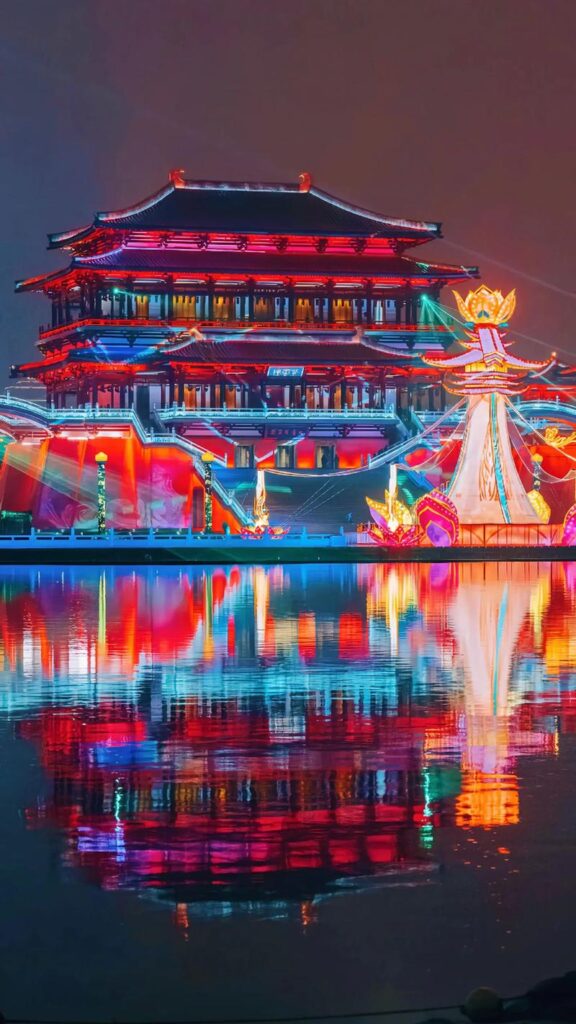
Tang Dynasty Furong Garden: a large royal garden with the theme of Tang Dynasty culture. It is a must see for night light shows and performances of “Dreaming Back to Tang Dynasty”. Taking photos in Hanfu adds a sense of immersion.

Daming Palace National Heritage Park: The Danfeng Gate stands tall and majestic, while the Hanyuan Hall ruins shine with golden light under the sunset. Climbing up to the observation deck by the Taiye Pool, one can imagine the bustling Chang’an of the “Nine Heavens Chang Closing Palace”.
Natural scenery
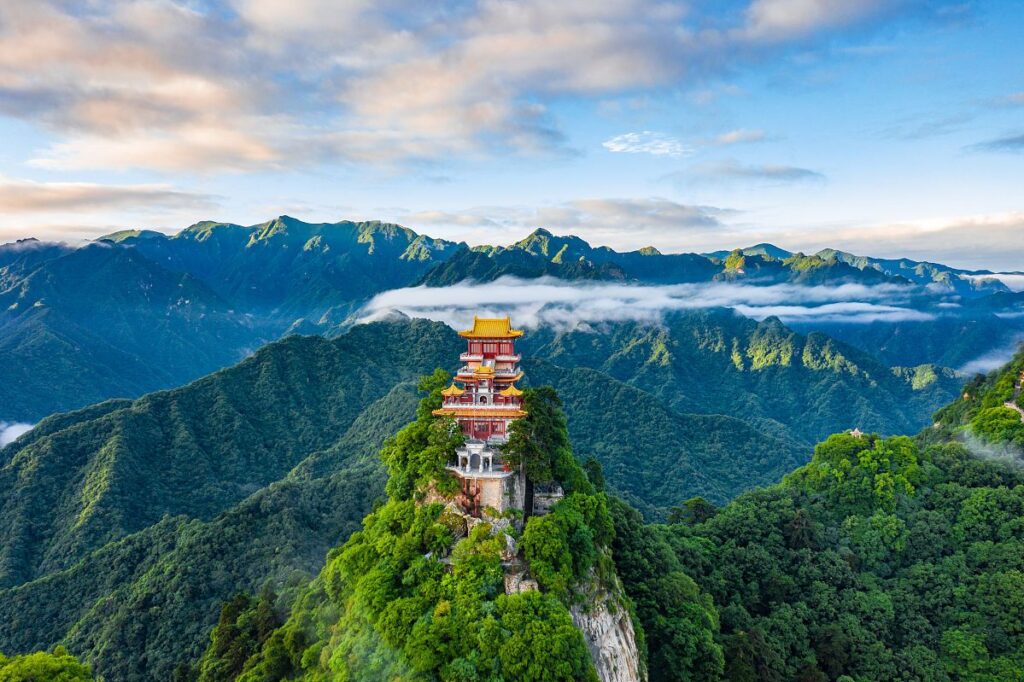
Zhongnan Mountain: the birthplace of Taoist culture, where hermit culture and natural scenery coexist in the mountains. You can hike to Nanwutai and overlook the Qinling Cloud Sea.
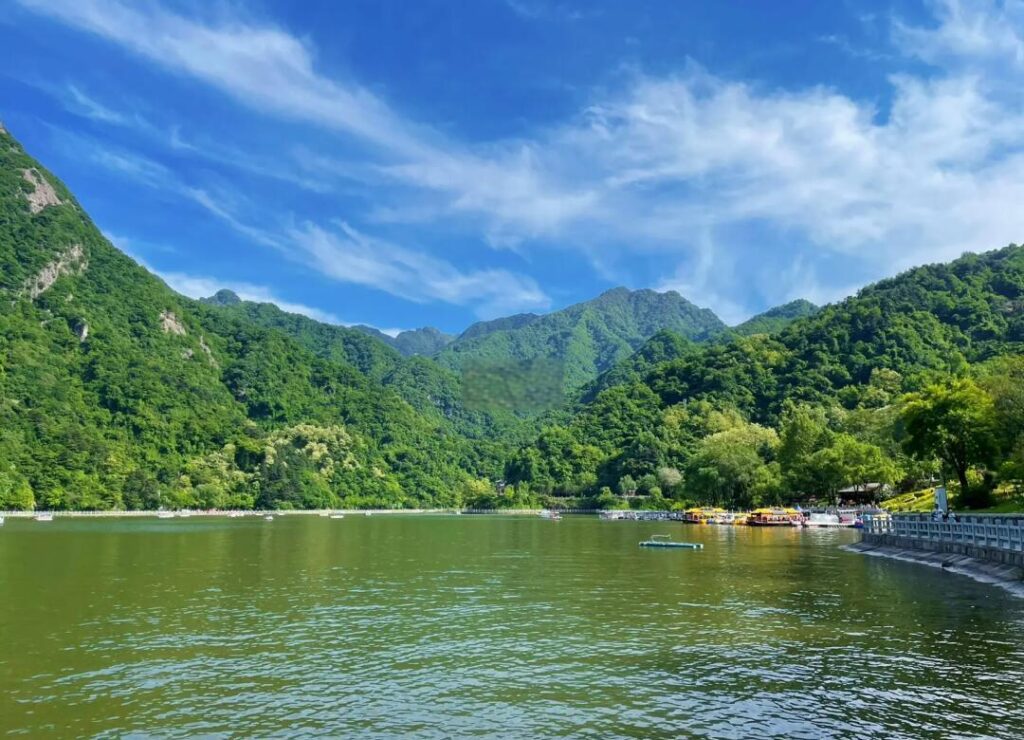
Cuihua Mountain: Known for its landslide landscape, it has natural landscapes such as landslide rock sea and Tianchi.
Whale Gully Bamboo Sea Scenic Area: With a vast bamboo sea and pleasant scenery, it is a great place for summer vacation and leisure.
museum
Xi’an, Shaanxi has 163 museums of various types, with an average of one museum per 80000 people, such as the Xi’an Beilin Museum, Shaanxi Archaeological Museum, Qinling Museum, Xi’an Museum, etc., forming a modern museum system with rich types and diverse subjects.
Modern leisure
Datang Xishi Cultural Scenic Area: It reproduces the prosperous scene of Xishi during the prosperous Tang Dynasty and is a great place for shopping, dining, and entertainment.
Qujiang Marine Polar Park: integrates the display of marine polar animals, science education, and tourism.
Chanba Ecological Zone: With repeated green forests and diffuse green water, it is an ecological zone modeled after the Tang Dynasty, suitable for leisure walks.
Xi’an Food
As an ancient capital of thirteen dynasties, Xi’an has a long and rich culinary culture, blending palace banquets, local flavors, and ethnic characteristics to form the unique charm of the “Carbon Water Capital”. From three dimensions: classic cuisine, specialty snacks, and beverages and desserts, we will take you to experience Chang’an on your tongue:
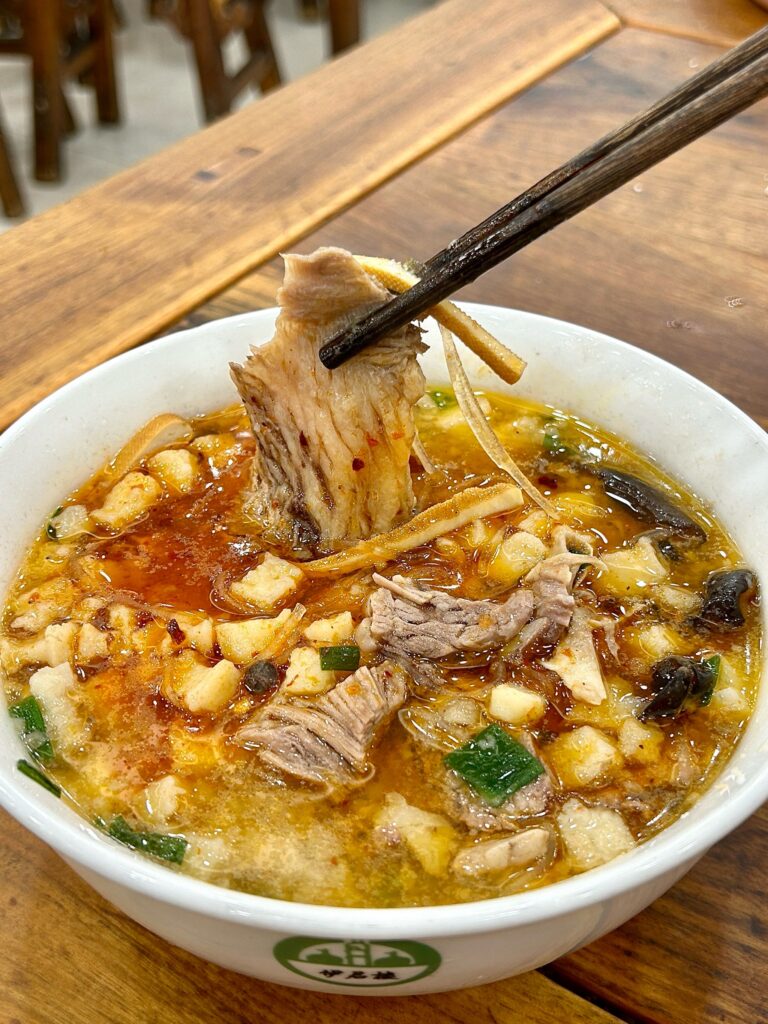


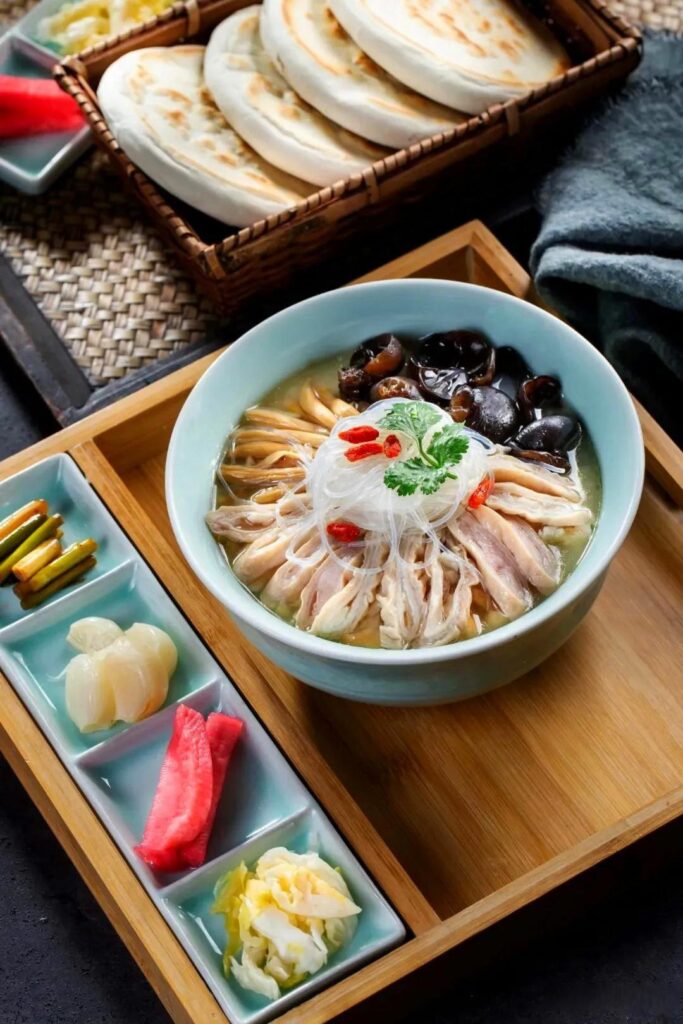
Xi’an Economy and Technology
In 2024, Xi’an’s GDP surpassed 1.3 trillion yuan, making it a significant economic center in northwest China. Xi’an excels in electronics, machinery, chemicals, aerospace, and other fields, earning it the reputation as the “Global Hard Technology Capital.” Additionally, with 63 universities and 95 research institutes, Xi’an ranks third in China in terms of comprehensive scientific and educational strength.
Xi‘an City Honors and Development
Xi’an is designated as an international metropolis and national central city by the Chinese government. It has been recognized as a National Hygienic City, National Garden City, and China’s Most Livable City, among other honors. As the “New Starting Point of the Silk Road Economic Belt,” Xi’an is embracing a more open stance to promote exchanges and cooperation with countries along the route.
Summary
Xi’an, Shaanxi is a modern metropolis that integrates history, culture, economy, and technology. It is not only the birthplace of Chinese civilization, but also an important central city in northwest China, playing a pivotal role in the construction of the “the Belt and Road”.

